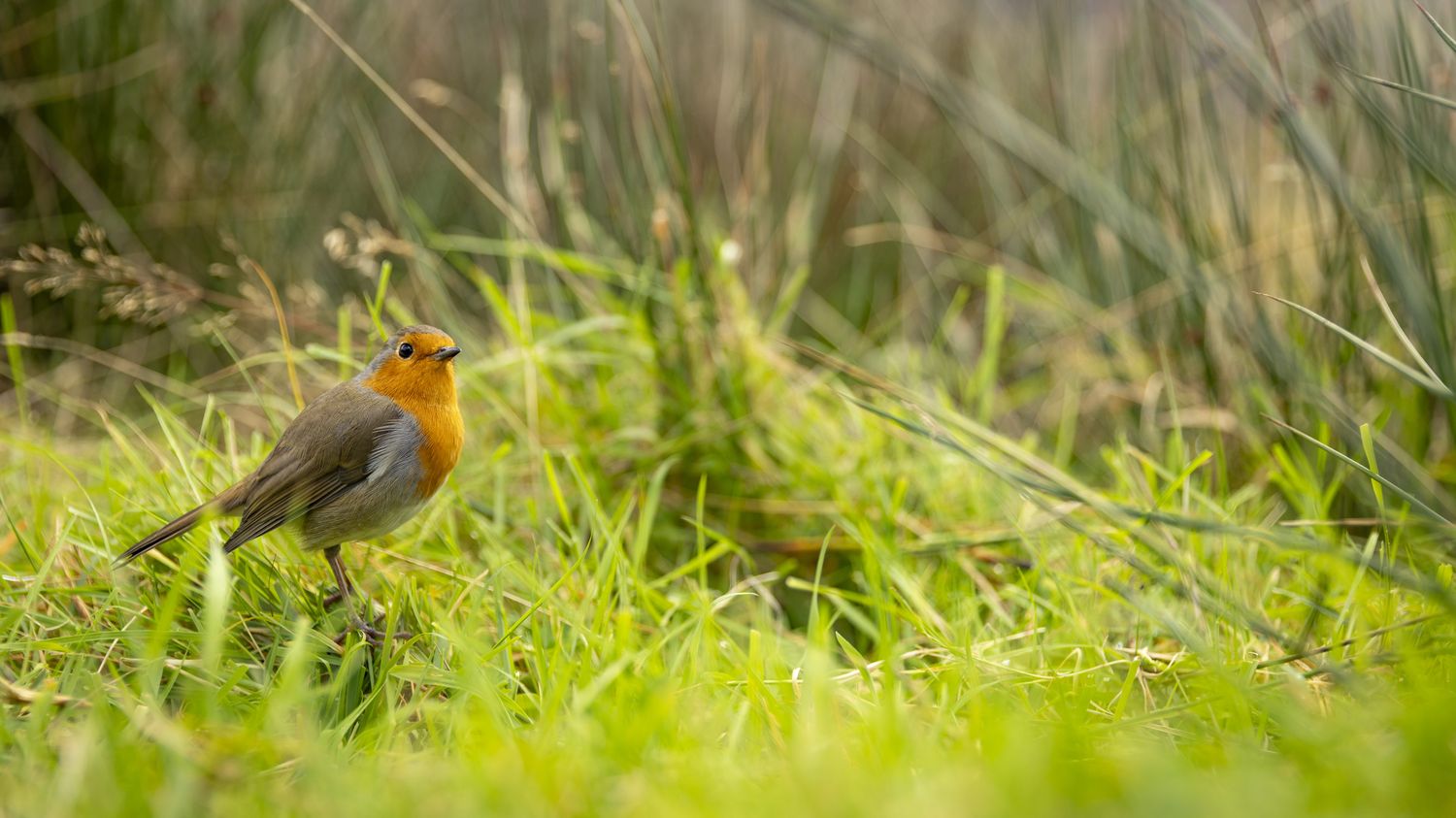The national secretary of Ecologists Marine Tondelier affirmed on Sud Radio that “60% of field birds have disappeared in Europe for 40 years”. It’s true, according to a study published in May 2023. All species combined, Europe has lost a quarter of its birds.
Published
Update
Reading time: 3 min

“When I see that 60% of field birds have disappeared in Europe over the past 40 years, I don’t want to be reassured”, responded the national secretary of Ecologists, Marine Tondelier, to a question asked by Jean-Jacques Bourdin on Sud Radio, Thursday January 18. Have 60% of field birds really disappeared on our continent in 40 years?
It’s true, exactly 56.8% of field birds disappeared in Europe between 1980 and 2016, according to a study published on May 15, 2023 in the American scientific journal Proceedings of the National Academy of Sciences (Pnas). This work was led by two scientists from the CNRS and a doctoral student from the University of Montpellier. In total, 50 researchers compiled 37 years of data, on 20,000 ecological monitoring sites, in 28 European countries, and for 170 different species of birds.
Field birds, which live exclusively in agricultural environments, only represent one in ten birds in Europe, explains Vincent Devictor, one of the CNRS researchers who led the study. But if we take into account all the species which depend on agricultural environments, which live on the edges of fields in particular, they represent around 20% of the total birds on the continent.
All species combined, a quarter fewer birds
All species combined, we have lost a quarter of birds in Europe in 40 years, according to the results of the study. This represents 800 million birds. The data varies depending on the situation: 18% of forest birds have disappeared and 28% of those found in cities.
Some species have been decimated. The ortolan bunting for example, which lives in the fields: 90% of them have vanished. 58% of skylarks, with their recognizable song, have disappeared. In town, perched on trees or on our window sills, house sparrows are fewer in number: we have lost 64% of them in 40 years in Europe.
Intensive agriculture, the main cause of this decline
Intensive agriculture is the main cause put forward by researchers to explain this massive decline of birds on the continent. Due to the increase in the use of fertilizers and pesticides, some birds are dying after ingesting these harmful products. Insects are also killed, so birds can no longer feed and eventually disappear.
The enlargement of plots and the removal of hedges or ponds also modify the environment in which the birds live: they can no longer make their nests, to rest, and find themselves weakened. Field birds are the most affected by these changes in their environment, since they live in the countryside, but “all species depend on insects, even in the city or in the forest, it is their base”insists Vincent Devictor.
Another important factor to explain the decline of birds: the increase in temperatures. It makes food more scarce and disrupts migration in particular. All species suffer.
